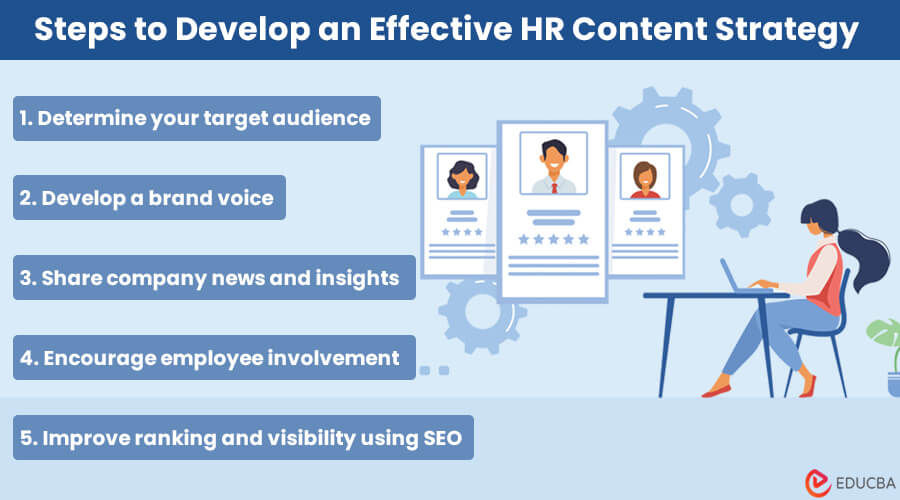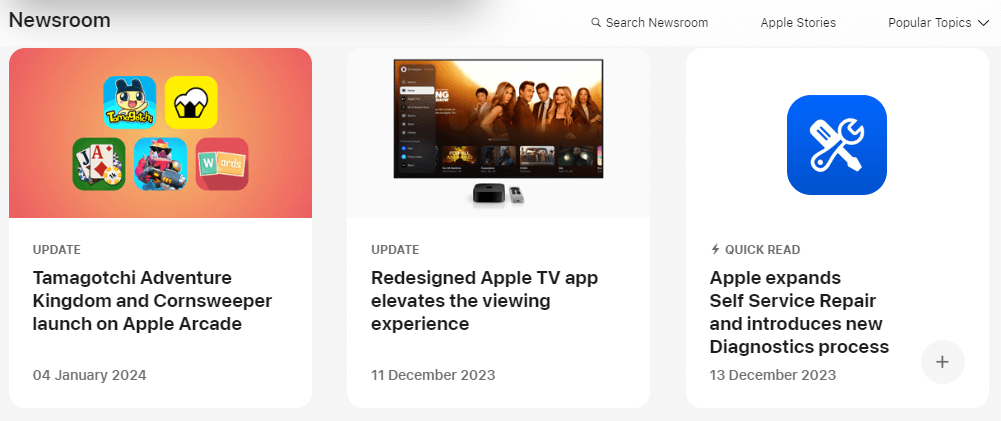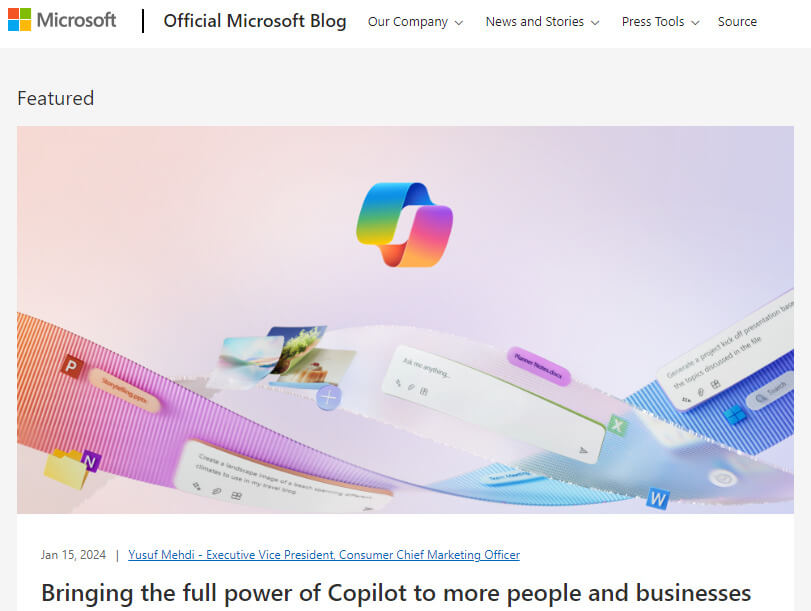
What is an HR Content Strategy?
A human resource (HR) content strategy is a part or a subset of the HR strategy that deals with creating, sharing, and managing informative and engaging content related to HR duties within the organization.
According to a report, nearly 76% of people in the UK are less likely to work, and 79% are less likely to buy products from a company with a bad reputation. Thus, human resources specialists must proactively improve their company’s reputation. In addition, having a great reputation will help the organization stand out and help retain or attract talented employees. Hence, you should create and share HR content with valuable industry insights to boost your company’s authority and reputation in related fields.
This article will help you learn about human resource content strategy and how to develop one. Let’s dive in!
Why is HR Content Strategy Important?
Having a great HR content strategy is important for a couple of reasons, which are as follows.
Ensures Effective Communication
It facilitates effective communication, ensuring everyone in the company (workforce) is always informed about updates, new policies, and upcoming events. This creates a strong connection and involvement, making the workforce more engaged and motivated.
Promotes the Company’s Brand
An HR content strategy helps create engaging and informative content that showcases company culture and values. It helps to show a picture of a great workplace. This is the magnet for attracting top talent, improving the overall hiring process, and making better retention.
Improves Search Engine Ranking
If the HR content is well-optimized, it will help boost the search engine ranking. Using the correct content strategy will increase an organization’s visibility and ranking. It is useful to attract both new employees and business opportunities.
Understanding the impact of content strategy on recruitment marketing is also important. Great job descriptions, employee testimonials, and other HR-influenced content can effectively open job openings in the market and attract a quality talent pool.
How to Develop an Effective HR Content Strategy?
Below are the five simple steps to develop an effective HR content strategy.
1. Determine Your Target Audience
The first step in creating a great HR content strategy is determining and knowing your target audience. You must understand for whom you will create content to ensure it connects with them. But how do you find your target audience?
Ideally, HR professionals categorize audiences into three main categories, such as
- Jobseekers or Prospective Candidates
- New Hires
- Current Employees
Hence, to find the right audience for your content, first understand the category you want to focus on. The category you choose for your campaign depends on your current business goals.
For better understanding, you can create a persona (a detailed profile) for each category, like the one shown below for a jobseeker’s persona.
(Source: AIHR)
Example: New hires and job seekers want to know more about your organization. In fact, HR statistics show that they prefer one-on-one talking with their direct manager. In contrast, current employees already know your company and are more interested in content about the company’s future or business growth. In addition, they want to know how staying in the company will impact their professional development.
Therefore, it is also crucial for you to understand each category’s interests, needs, or concerns. Tailoring content to address the audience’s specific needs and expectations ensures you provide relevant content that matters to them. Hence, don’t hesitate to ask directly to understand your audience better. Their responses help you discover new topics to cover in your content. Also, you can collect employee feedback through surveys, online forums, or in-person meetings.
2. Develop A Brand Voice Or Identity
A brand’s voice or identity and HR content strategy work together. The brand’s voice usually guides how the brand should sound and, accordingly, how you should create content. So, it is important first to define your brand voice prior.
However, developing a brand voice begins with clearly understanding your organization’s identity. To do this, you must look at core values, mission, and unique factors that define your company. Also, it would help if you considered the perception you want employees and external audiences to have about your organization.
Example: Nike’s core values are “inspiration and innovation“; it also wants to be seen as a brand with authority. So, its brand voice is serious and professional, inspiring many people. This brand voice is reflected in all of Nike’s content, including its HR content. See the brand’s career page below for a better understanding.
(Source: Nike)
Therefore, just like Nike, once you have figured out your brand voice, ensure you use it throughout your brand content, including HR content. A consistent, unique brand voice helps to develop a strong company’s identity and build trust with the audience. Moreover, it helps your content stand out from competitors, which is key to high content engagement.
3. Share Company News And Insights
Once you have determined your brand voice, you can create your HR content depending on the target audience. However, writing and publishing company news content, such as achievements and internal changes, is generally a good idea. This promotes transparency and keeps employees engaged with the latest information. In addition, it also builds trust among employees, increasing workplace productivity and improving employee satisfaction.
Additionally, sharing positive company news, whether it’s individual or organizational milestones, creates a positive story around the company. It not only boosts morale amongst current employees but also gets the attention of new prospective hires.
Example: Apple created a dedicated newsroom, shown below, that shares different types of company news or updates.
(Source: Apple)
4. Encourage Employee Involvement In Content Writing
Your HR content should not just reply to HR experts’ suggestions but also encourage employees within your organization to contribute. Whether the article is related to the company’s industry in written form or video tutorials, the content created by your in-house experts will help boost your authority with current employees and potential hires.
Example: You can get inspired by the following Official Microsoft Blog page.
(Source: Microsoft)
You can also engage employees by asking for their feedback and showcasing them strategically on your company’s page. Employee testimonials can help in talent acquisition and retention because most job seekers look at employee reviews before applying and joining. Therefore, companies with highly engaged employees can lower turnover by 31%.
Example: Look at how Hubspot displays its employees’ testimonials prominently on its careers page, including written and video testimonials.
(Source: Hubspot)
How do you collect these different types of content?
Well, you can announce the initiatives in your online community. Community platforms allow you to create regular posts and interesting content for employees. If you allow them, they can even post their contributed articles directly on the platform so you can share them on your site (with their permission). You can even run polls to get employees’ feedback.
5. Improve Ranking and Visibility Using SEO
The main purpose of creating and posting various HR content is to reach your target audience–current employees or new hires—and show that your company is a great place to work. But how can you convince them if they cannot find your content in the first place?
That’s where SEO (Search Engine Optimization) plays an important factor in your HR content strategy. With good SEO, you can ensure your HR content is visible and appears in search engine results pages when someone looks for it.
The following are the strategies you can use to improve your SEO visibility.
Use Relevant Keywords
Use keyword research using tools like SEMRush or Google Keyword Planner to boost your SEO to find relevant keywords with optimal search volumes. Then, integrate these keywords into your content, including headings, subheadings, and throughout the content body.
Use High-quality Content and Informative Images
Search engines like Google prefer valuable and high-quality content. So, ensure your HR content is informative, well-written, and relevant to your target audience. Moreover, images also play a role in improving SEO. You can create an image by using descriptive file names and adding alt text so search engines can better understand your images.
Develop a Backlink Strategy
Another strategy is to develop a backlink strategy for your HR content. High-quality backlinks from reputable and trustworthy websites within your industry will help boost your SEO ranking.
Use Analytics Tools to Track Performance
In addition, you can use analytics tools such as “Google Analytics” to monitor your HR content’s performance.
Lastly, you should track key metrics like page views (visitor number), time on the page, and bounce rates. Analyzing this data will provide insight into visitors’ behavior, helping you to redefine your content strategy for better ranking in search engines.
Final Thoughts
To conclude, you can follow the five steps above to develop an effective HR content strategy. It will help you achieve your HR goals and ensure overall organizational success.
Recommended Articles
We hope this article on HR Content Strategy was informative and helpful. To learn more about related topics, refer to the below articles.






